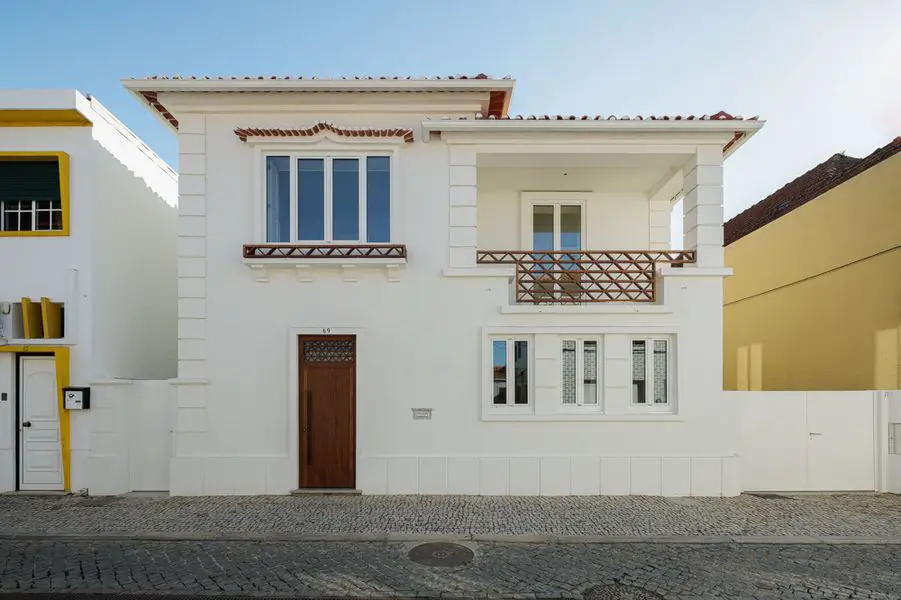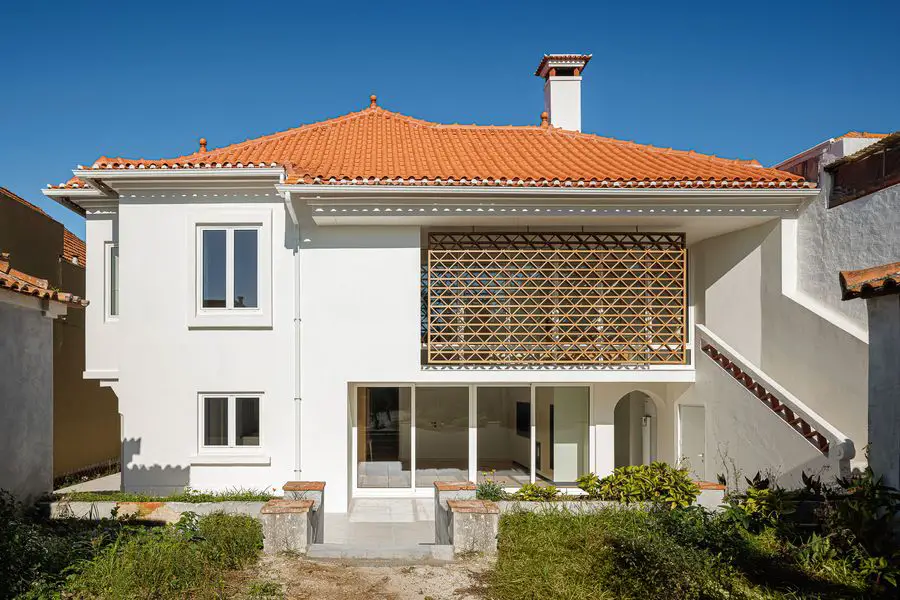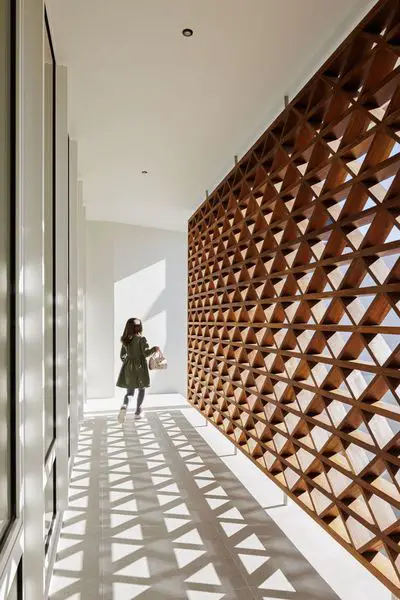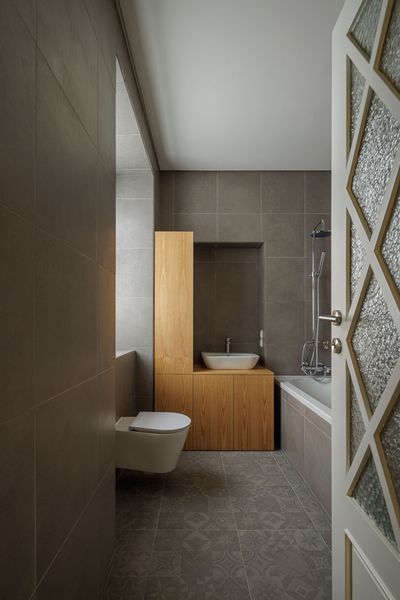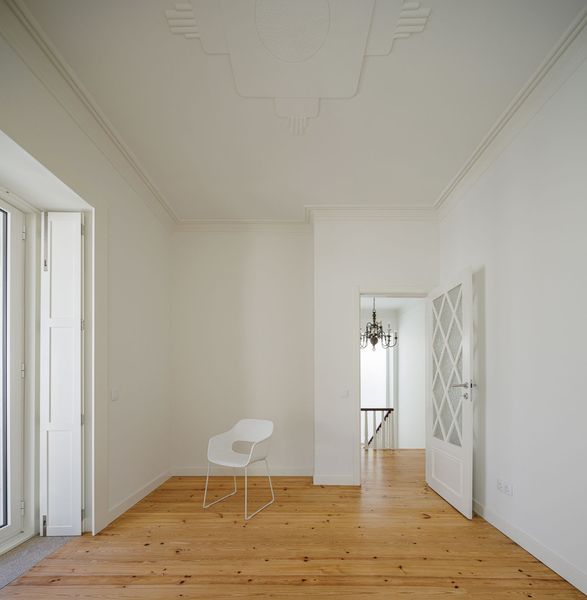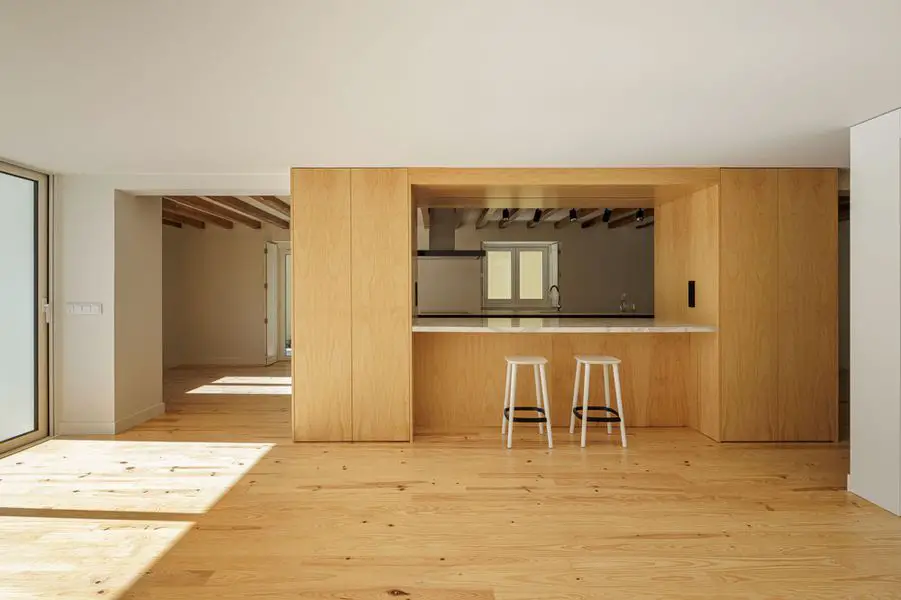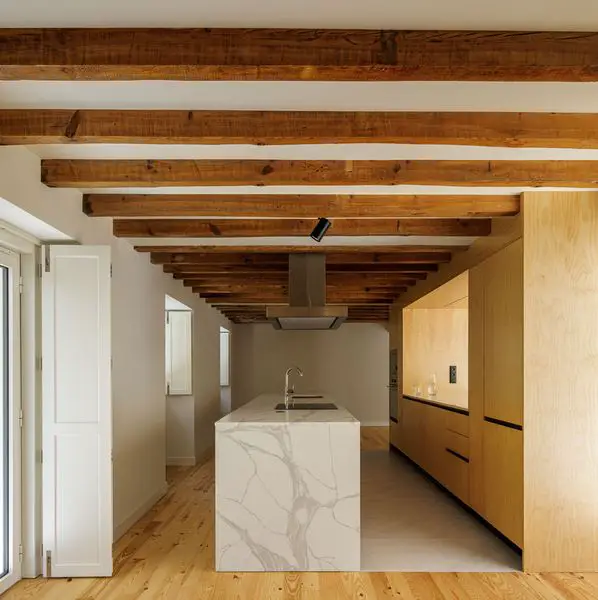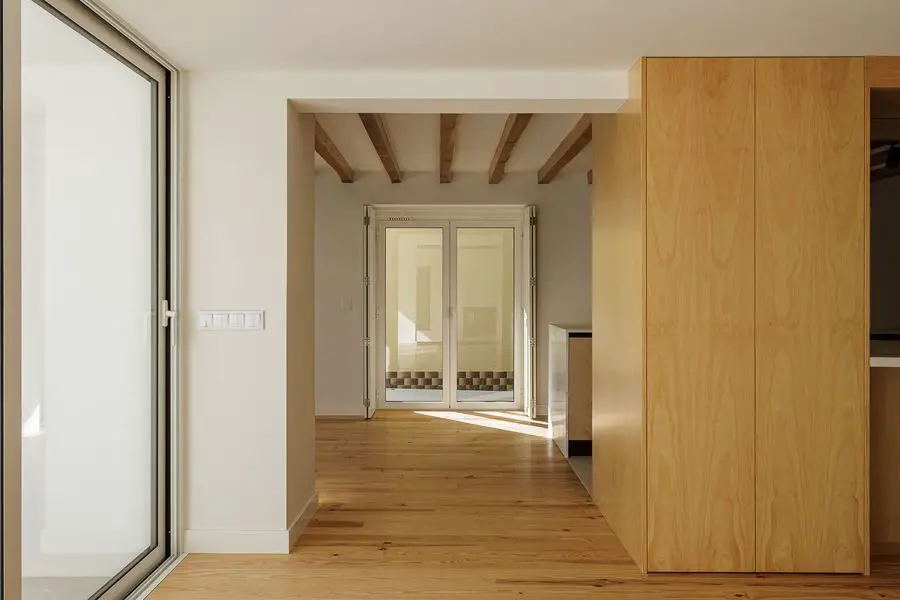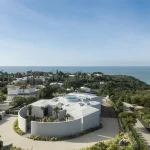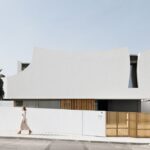Casa dos anos 40, Portugal residence, Ílhavo property development, Portuguese architecture images
Casa dos anos 40 in Ílhavo
20 October 2023
Architect: Frari architecture network
Location: Ílhavo, Portugal
Photos by Ivo Tavares Studio
Casa dos anos 40, Portugal
This house, built in 1945, belongs to the historic center of Ílhavo. It is isolates, has two fronts and is built with raw earth bricks, a vernacular material typical from this region of the country. It is a beautiful example of the architectural style Português Suave, where the rigorous use of the defining elements of this movement are notorious. With a reasonable state of conservation of the facades, but in a clear decay of the interior conditions, this house needed rehabilitation and requalification works, as it is unable to serve the needs required nowadays for a home.
We propose to rehabilitate the building with maximum respect for the original design, intervening discreetly, only in specific areas, and only where the new needs so require. The intervention on the front facade was rigorous and sensitive to the existing one, where only the alteration of the window frames is noted, for reasons of thermal comfort. The entire building was plastered in white, a timeless color that was preferred in the original era. The duty of interpreting the rear elevation of the house as a new front facade was essential.
In this sense, an attempt was made to resolve the aspects that were less cared for on this facade, where it was perceived as being neglected, proposing to demolish the exterior wall that enclosed the old covered balcony, to give way to a permeable structure – a Cobogó in natural wood – which protects that area without breaking its visual relationship with the backyard. The large window on the balcony designs a new language for the interior area that is most changed at the first floor – the master suite.
On the ground floor the interiors are severely reformed, given their advanced state of degradation, in addition to having a simplistic design, compared to the other areas of the house, lacking period details. For this floor we propose a total spatial reorganization, with the creation of a common open-space area, which requires several demolitions of pre-existing compartments. This will be the space whose language will be mainly contemporary, both in terms of design and coatings. As for the interiors on the 1st floor, everything has been maintained, with the wooden floor, doors and fittings, and stucco ceilings having been rehabilitated. The design was respected, but the intervention is denoted in the chromatic option, where the colors by compartment were abandoned, giving way to a total white, which unifies, softens and assumes a contemporary language.
Portuguese:
Esta moradia, construída em 1945, pertence ao centro histórico de Ílhavo. É isolada, tem duas frentes e está construída com alvenaria de adobe, material vernacular típico desta zona do país. É um belíssimo exemplar do Português Suave, sendo notório o rigor na utilização dos elementos definidores deste movimento. Em razoável estado de conservação ao nível das fachadas, mas em clara decadência das condições interiores, esta moradia carecia de obras de reabilitação e de requalificação, já que se manifestava incapaz de servir as necessidades que o habitar hoje requer.
Propusemos reabilitar o edifício com respeito máximo pelo desenho original, intervindo de forma discreta, apenas em zonas específicas e onde as novas necessidades assim o exigiam. A intervenção na fachada frontal foi de rigor e sensibilidade pelo existente, onde apenas se denota a alteração das caixilharias, por questões de conforto térmico. Todo o edifício foi rebocado de branco, cor intemporal e, de resto, preferida na época original. O dever de interpretar o alçado posterior da moradia como uma nova fachada frontal foi essencial.
Neste sentido, procurou-se resolver os aspetos menos cuidados desta fachada, onde se percebia que estava negligenciada, propondo-se demolir a parede exterior que encerrava a antiga varanda coberta, para dar lugar a uma estrutura permeável – um Cobogó em madeira natural – que protege aquela área sem, com isso, quebrar a sua relação visual com o logradouro. O grande vão que se abre na varanda garante uma nova linguagem para aquele que é o espaço interior que maior intervenção sofre ao nível do primeiro piso – a suite principal. No piso térreo os interiores são severamente alterados, dado o seu avançado estado de degradação, para além de que tinham um desenho simplista, em comparação com as restantes áreas da moradia, carecendo de detalhes de época.
Neste piso propôs-se uma total reorganização espacial, com a criação de uma área comum em open-space, que obrigou à demolição das compartimentações existentes. Este é o espaço cuja linguagem é totalmente contemporânea, quer ao nível do desenho, como de revestimentos. Já nos interiores do piso 1 tudo foi mantido, tendo-se reabilitado o piso de madeira, as portas e guarnições e os tetos em estuque. O desenho foi respeitado, mas a intervenção denota-se na opção cromática, onde se abandonam as cores por compartimento, dando lugar a um branco total, que unifica, suaviza e assume uma linguagem contemporânea.
Casa dos anos 40, Portugal – Building Information
Project name: Casa dos anos 40
Architecture Office: Frari architecture network
Main Architect: Maria Fradinho
Collaboration: Ana Soares, Ana Rita Gomes
Website:https://frari.pt/noticias/
E-mail: info@frari.pt
Facebook:https://www.facebook.com/Frari.architecture.network/
Instagram: https://www.instagram.com/frari.architecture.network/
—
Location: Ílhavo, Portugal
Year of conclusion: 2022
Total area: 340m2
–
Builder: Antero Santos & Santos
Inspection: Pedro Tavares
Engineering: Pedro Tavares
Photographer: Ivo Tavares Studio
Website : www.ivotavares.net
Facebook: www.facebook.com/ivotavaresstudio
Instagram:www.instagram.com/ivotavaresstudio
Casa dos anos 40, Portugal images / information received 191023 from photographer Ivo Tavares Studio
Location:Portugal, southwestern Europe
Portuguese Properties
Contemporary Portuguese Property Designs – recent selection on e-architect:
House 109, Vagos, northern Portugal
Architects: Frari – architecture network
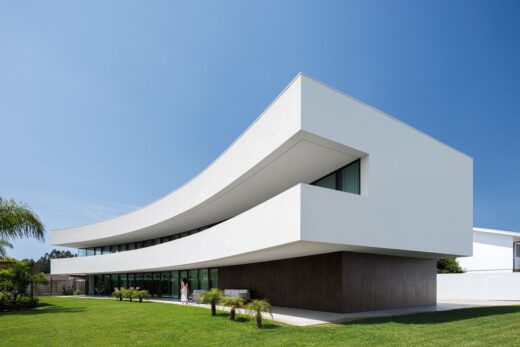
photograph : Ivo Tavares Studio
House 109, Vagos
Casa JC, Quinta da Portela, Coimbra
Design: Mário Alves arquiteto
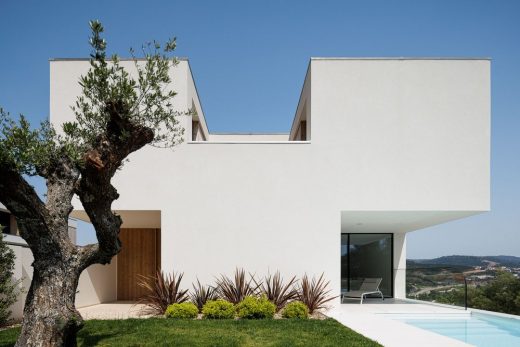
photo : Ivo Tavares Studio
Casa JC, Coimbra
patios of petals, Gondomar, Porto, northern Portugal
Architects: Sandra Micaela Casinha Atelier
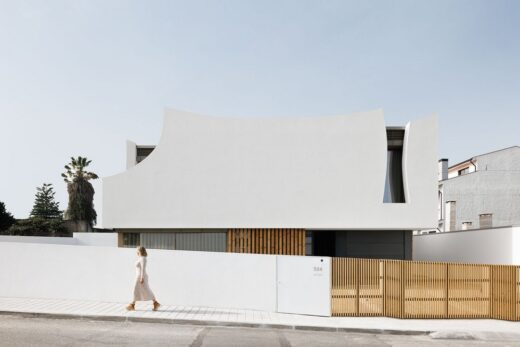
photo : Ivo Tavares Studio
Casa Pátios de Pétalas, Gondomar, Porto
Casa dos Mores, Faro, southern Portugal
Design: Marlene Uldschmidt Architects Studio
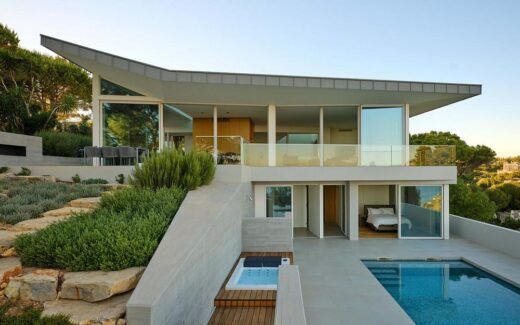
photo : Renee Kemps
Casa dos Mores
Coimbra – Steinman House, Lisbon
Design: Fran Silvestre Arquitectos
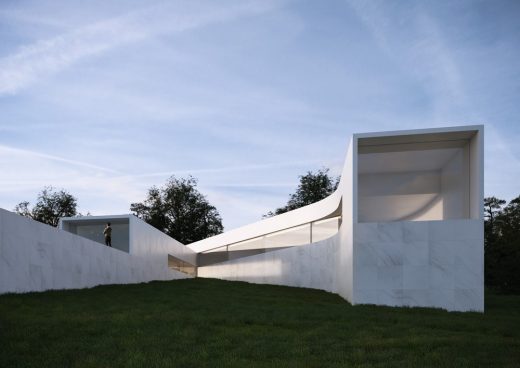
picture from architects office
Contemporary House in Lisbon
Portuguese Architectures
Contemporary Architecture in Portugal
Comments / photos for Muda House, Grândola, Portugal – Portuguese Architecture design by Vasco Lima Mayer page welcome

